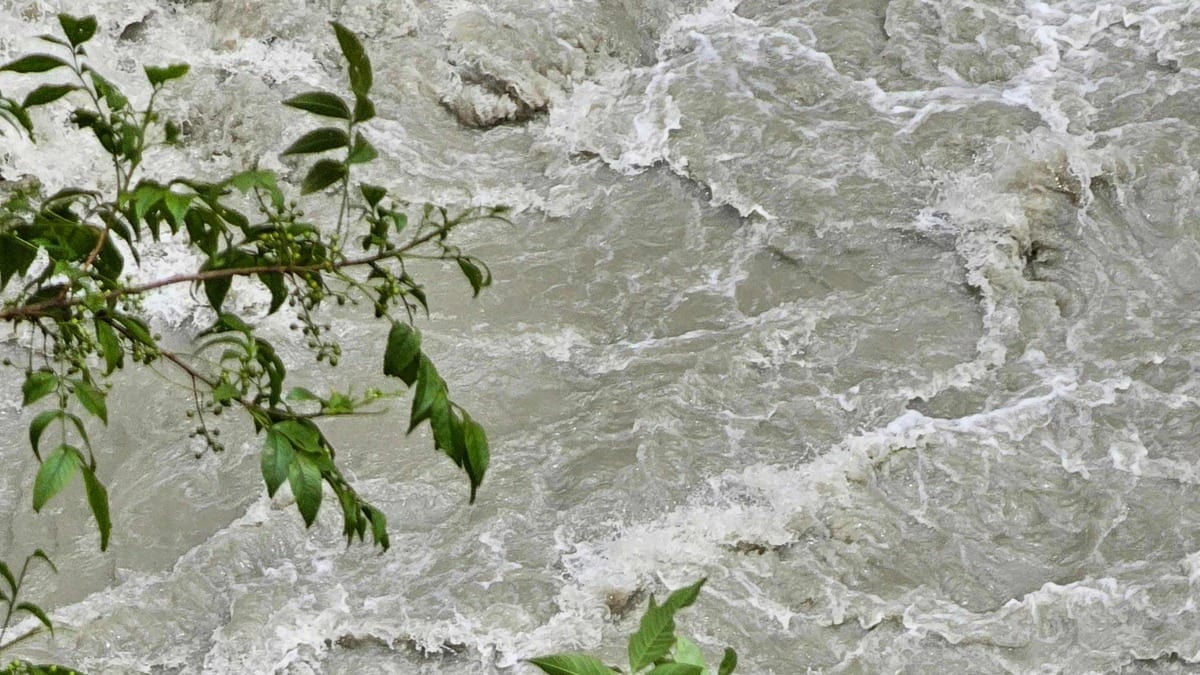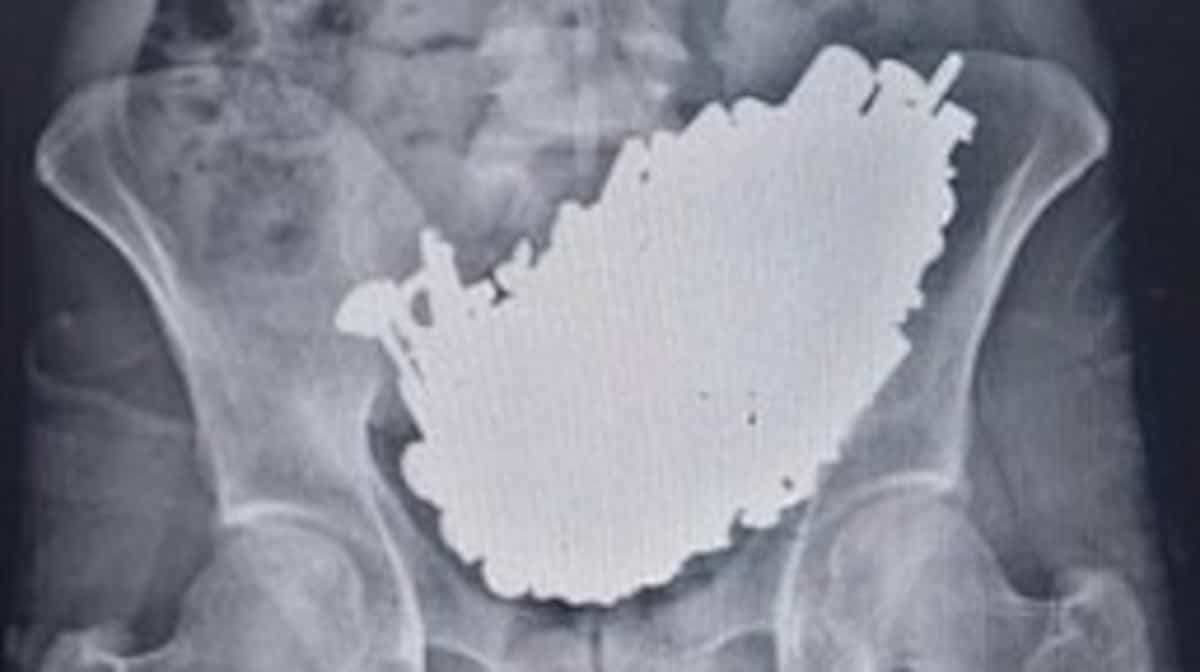
The yield of Ukraine’s next wheat crop is expected to decline by at least 35% compared to 2021 due to the Russian invasion, according to satellite images analyzed by geolocation firm Kayrros in a note published Friday.
• Read also: direct | The 72nd day of the war in Ukraine
The conflict has severely disrupted the ongoing growing season, and forced farmers to work under bombs, where fuel is hard to find. At the satellite level, the difference from the usual seasons is already evident, which supports the forecasts of analysts.
The images were recorded between April 14 and 22, less than two months after Russia invaded the country, by NASA’s Terra satellite, and then analyzed by Kairos.
The specialist in satellite imagery and geolocation applied to the environment relied on the so-called “Natural vegetation index of difference” method, an accurate infrared analysis that makes it possible to assess the condition of plants and thus predict grain production.
At this point, Ukraine will be able to produce 21 million tons of wheat in 2022, 12 million tons less than in 2021, Kairos estimated, with the harvest yield 23% lower than the average of the past five years.
Analysts warned that “with continued fighting and much of the country’s wheat production comes from areas in eastern Ukraine, where conflict is most intense, actual production figures are likely to be lower.”
“The sowing campaign is progressing, with farmers planting in helmets and jackets (…), but it’s an incredible logistical challenge, and we know the acreage will be smaller” than before, said Damien Verkamper, an analyst at Inter-Courtage, questioned Wednesday, AFP.
Farmers who succeed in farming anyway will have trouble with storage, because exports by rail and road can only make up for a tiny fraction of the goods leaving by boat.
Russia maintains its blockade of Ukraine’s ports, both on the Black Sea and at the ports of Azov, severely hampering trade.
The conflict promises to exacerbate the fragility of countries that rely heavily on Russian and Ukrainian grain exports, such as Somalia or the Democratic Republic of the Congo in Africa, where Russia and Ukraine account for 30% of world trade in this commodity.






